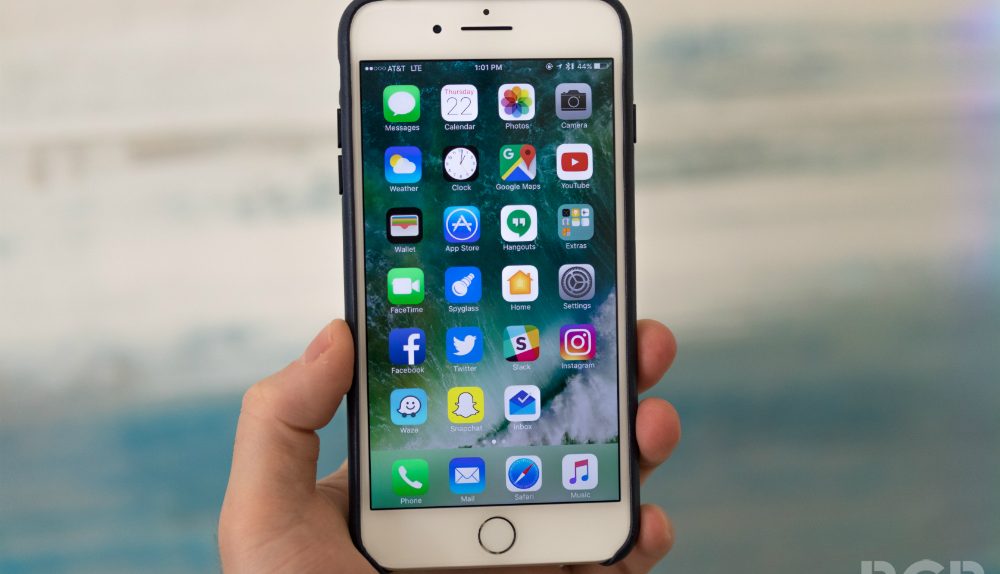It’s funny how things in the tech space play out sometimes. Apple’s iPhone 7 was supposed to be a boring device, at best a stop-gap release designed to hold us over until the release of the radically redesigned iPhone 8. In fact, the idea that Apple’s iPhone 7 was going to be a disappointment was so pronounced that it even prompted Samsung to accelerate development of its Galaxy Note 7 phablet, a decision which, as we now know, would end up costing the company billions.
In truth, Apple’s iPhone 7 was surprisingly compelling. From incredibly fast internal upgrades and battery life improvements to jaw-dropping new camera technologies, Apple’s iPhone 7 has engendered more interest than most analysts or pundits initially assumed.
DON’T MISS: This iPhone 7 video review from a hardcore Android fan is making Android users want to switch
Speaking to this point, a new research note from UBS analyst Steven Milunovich relays that consumer interest in the iPhone 7 — and the iPhone 7 in particular — remains impressively high. While interest in the iPhone in China is reportedly waning, Milunovich is confident that overall demand for Apple’s next-gen smartphone is sufficiently high enough to offset what may be a disappointing downturn in the Chinese market.
UBS’s research report, per Barron’s, reads in part:
Positives for Apple include: (1) almost half of US respondents are very or somewhat likely to purchase an iPhone 7, above even the 6 cycle two years ago; (2) the US shows a shift toward the Plus with a 9-point rise over the 6s; (3) Apple rates high in product uniqueness, and its customers are more concerned with design and less focused on price; (4) global smartphone penetration of 60% and high aspiration in the US and China allow opportunity for new customers; and (5) although Samsung’s retention rate has improved, 30% of its customers were at least somewhat less likely to go Samsung.
Concerns for Apple include (1) although China interest in the 7 is not far behind the US, it is lower than China saw for either the 6 or 6s; (2) Apple’s retention rate fell in China though excluding users not planning future upgrades the rate held in–we model a single-digit decline in China units for F17; (3) upgrade cycles are slightly longer, reflected in our assumption that only 43% of the base upgrades in two years vs a more typical 50-60%; and (4) Apple fell in all categories of consumer perception.
All in all, this bodes very well for Apple. Not only is interest in the iPhone 7 strong, but Apple’s bottom line will be bolstered by better than anticipated demand for the more margin-friendly iPhone 7 Plus. Of course, once the holiday shopping season comes and goes, all eyes will begin focusing in on Apple’s 2017 iPhone, a device likely to be called the iPhone 8. As we’ve reported previously, Apple’s iPhone 8 will reportedly feature an edgeless OLED display with sensors embedded underneath it. Earlier this week, a report surfaced claiming that the iPhone 8 will also introduce a new wireless charging feature.








